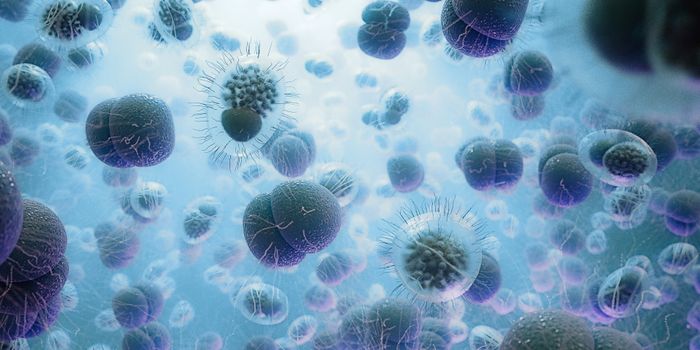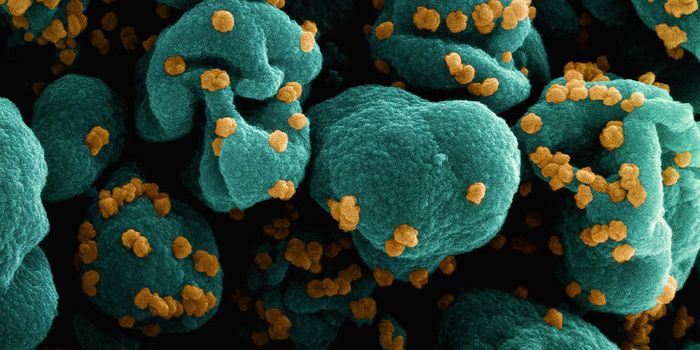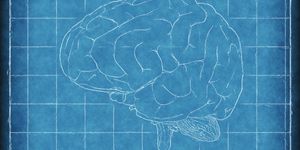Peek into the Inner Workings of the Spinal Cord
Scientists have established a state-of-the-art method for observing and analyzing the complex flurry of neurological activity within the spinal cord. By combining functional magnetic resonance imaging, or fMRI, with advanced computational methods, neuroscientists are now able to make sense of spinal cord signals through a completely non-invasive procedure.
The study, published in the journal Neuron, tested the new technique in 19 subjects, with the researchers particularly interested in mapping the functional architecture of the spinal cord. This unprecedented glimpse into just how elaborate this neural tissue is, even when humans are in a state of rest.
This long, fragile structure has a diameter roughly the length of a fingernail and extends from the end of the brain stem all the way to the bottom of the spine. The spinal cord is densely packed with nerves that act as a highway for messages shooting back and forth from the brain and the rest of the body.
Nawal Kinany, one of the study’s lead authors explains, "One of the main challenges about observing spinal cord function is getting rid of noise from the rest of the subject's body, like breathing, the heartbeat, or simply seeing beyond the surrounding vertebral bones."
"We managed to decompose spontaneous spinal activity into meaningful networks, with a level of neuroanatomical detail that had never been reached before." All this with the subject just lying down in an fMRI machine for around 10 minutes. Images from the scan are then mapped through space and time to visualize spinal cord activity within the context of the subject’s anatomy.
While the system has, for now, only been validated in healthy subjects, the hope is that this technology will advance towards diagnostic tools for clinically measuring injured or dysfunctional spinal cord activity. The scientists even see this leading to the creation of personalized therapies that could take advantage of intact connections following an injury to rewire the spinal cord circuitry.
Sources: Technology Networks, Neuron.









